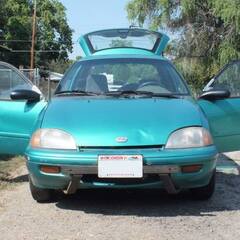-
Featured Topics
-
Topics
-
0
-
1
-
Flashmatrix ·
Posted in Storage Devices3 -
0
-
Nixx23 ·
Posted in Storage Devices0 -
0
-
Witchandglad ·
Posted in Phones and Tablets1 -
ElChales ·
Posted in CPUs, Motherboards, and Memory2 -
Steve Chan ·
Posted in LMG Sponsor Discussion2 -
0
-















Create an account or sign in to comment
You need to be a member in order to leave a comment
Create an account
Sign up for a new account in our community. It's easy!
Register a new accountSign in
Already have an account? Sign in here.
Sign In Now